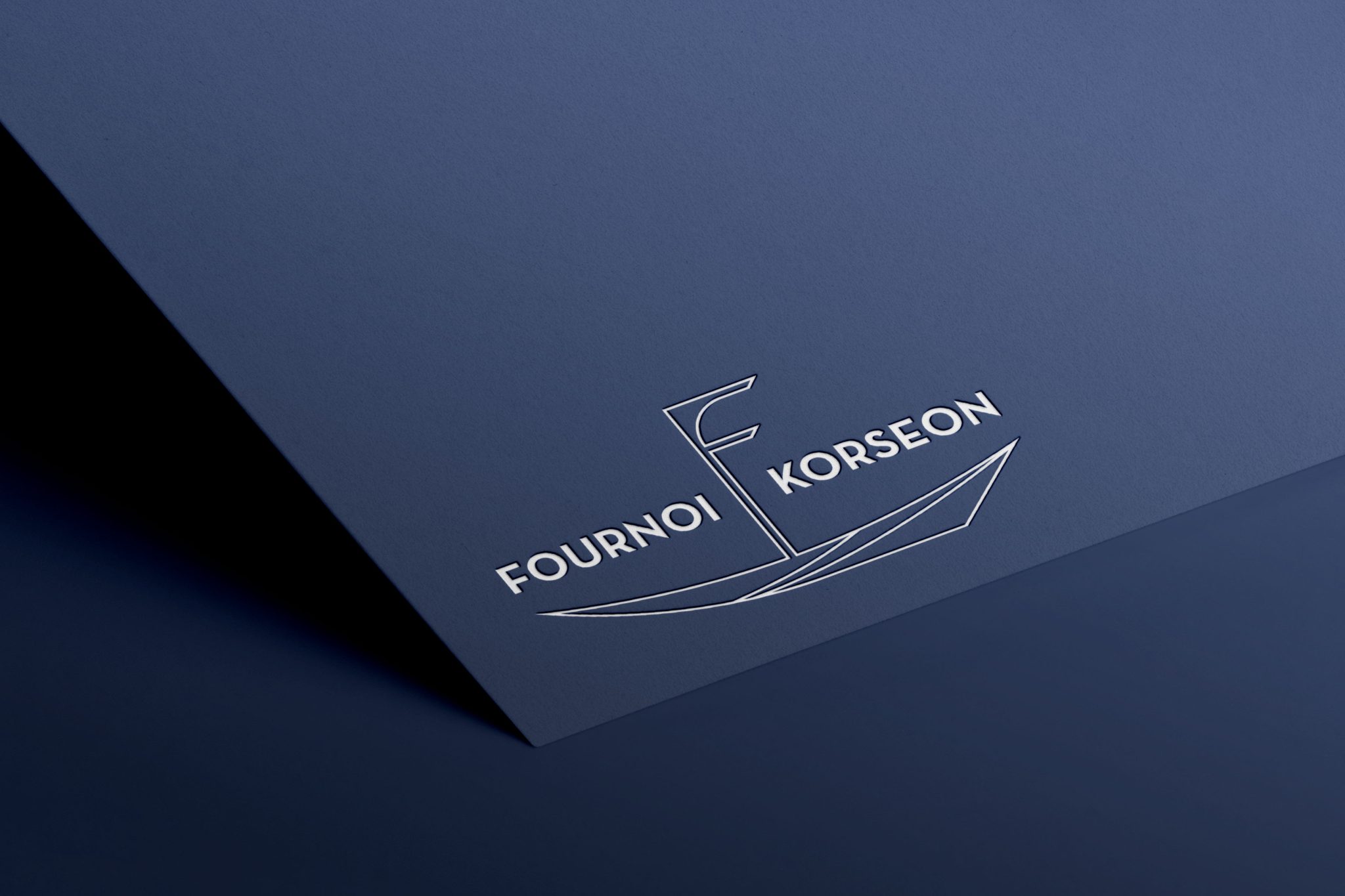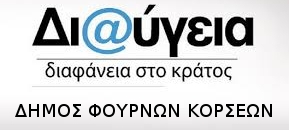For the second time in a little over a year, undersea explorers have found nearly two dozen sunken ships in the remote Aegean.
One July afternoon in 2015, the maritime archaeologist George Koutsouflakis was talking with a colleague in his Athens office when his phone rang. The caller was a free diver and spear-fisher from the remote Fourni archipelago, a small cluster of islands between Samos and Ikaria in the eastern Aegean. During years of diving and fishing in the coastal waters around Fourni, the man had spotted dozens of areas where the seafloor was strewn with ancient clay vessels—the coral-encrusted cargoes from ships lost at sea long ago. Over the past year he’d made a hand-drawn map and marked the locations of nearly 40 possible shipwrecks. He wanted to show Koutsouflakis the sites.
The timing of the call was perfect: as a native Ikarian, Koutsouflakis had heard rumors of shipwrecks at Fourni for years, and that summer he’d been trying to organize an expedition to locate them. But funding was still precarious. While Koutsouflakis listened to the spear-fisher describe everything he’d seen, he flashed his colleague a grin. He knew that the project would happen.
In just 11 days of diving in September 2015, Koutsouflakis and his co-director Peter Campbell of RPM Nautical discovered 22 shipwrecks. This June they returned to the Fourni archipelago with a team of 25 divers, archaeologists, and artifact conservators. Over 22 days of diving they found an additional 23 pre-modern shipwrecks, raising the total number identified at Fourni so far to 45, an astonishing 20 percent of all known shipwrecks in Greek waters.
From Classical Greece to Medieval Times
The sunken ships discovered in June 2016 span more than 2,000 years of Greek maritime history. The earliest shipwreck dates to roughly 525 B.C., while the most recent is from the early 1800s. The other wrecks range across the centuries, with cargoes from the Classical period (480-323 B.C.), the Hellenistic period (323-31 B.C.), the Late Roman period (300-600 A.D.), and the Medieval period (500-1500 A.D.) Cooking pots, plates, bowls, storage jars, a palm-size lamp, and black-painted ceramic fine-ware are among the artifacts recovered from the wrecks so far.
The most common artifacts that survive are clay storage jars known as amphorae. These were used by merchant ships throughout antiquity to transport cargoes of wine, olive oil, fish sauce, and other goods. It’s possible to identify the place of origin for different amphorae by analyzing the style of the jars and the elements in the clay: different pottery workshops made visually distinct vessels by firing clay sourced from local soils. The amphorae recovered in 2016 originated in Cyprus, Egypt, Samos, Patmos, Asia Minor, mainland Greece, Rome, Spain, and even North Africa, revealing the vast web of trade and commerce that crisscrossed the many cultures of the Mediterranean throughout history.
Taking a Ride With the Divers
On one of the last mornings of diving this June, I set out with four of the best professional divers in Greece in a small RIB, short for rigid inflatable boat. We were pursuing a tip from a sponge diver about an unusually deep wreck in one of the many small bays formed by the curvy coastline of the main island. The abundance of natural bays and harbors made Fourni an appealing shelter for ancient ships seeking refuge from strong winds on the open waters.
After hydroplaning across a distance of mist and spray, our driver slowed the RIB and we called the sponge diver to confirm the location. Other shipwreck survey projects use remote-sensing tools to identify aberrations on the seafloor, sometimes spending tens of thousands of dollars for each day of survey. But Campbell and Koutsouflakis depend on a decidedly low-tech method of detection: conversation with fishermen who have spent decades in these waters.
As we hovered above the suspected site the first two divers strapped on roughly 50 pounds of gear and tumbled backward over opposite sides of the boat, leaving only a froth of surface bubbles as they descended. One of the divers was Manos Mitikas, the local Fourni free diver who called Koutsouflakis a year ago with the map of wrecks. His leads had already helped the team discover many shipwrecks. This morning they were searching a site at a depth of more than 197 feet (60 meters). Scuba tanks were essential.
We waited on the surface, the waves pushing us away from the drop point. The moments while divers are submerged are always tense. Even experts risk equipment failures, insufficient decompression, and the dangerous confusion induced by nitrogen narcosis. After 25 long minutes an inflatable red buoy finally popped above the surface of the waves. They’d found the wreck and marked its position.
The divers emerged from the water ecstatic. The shape of the original ship was silhouetted on the seafloor by rows of amphorae buried to their necks beneath sand. Not only were the vessels intact, they appeared to be of North African origin, a rarity this far east in the Aegean.
Pirate Hideouts in Safe Waters
While 45 shipwrecks seems like a huge number, when spread across the centuries it’s likely just a tiny fraction of the total active ships. “The waters here were actually relatively safe,” Campbell said. Precise estimates on the percentage of ships lost at sea in antiquity are only conjectures, but parallels from periods with better data might support a figure around 3 percent. Most of the Fourni wrecks seem to have sunk after smashing into underwater reefs or being dashed against the rocky cliffs.
Pirates were at least as dangerous as the sea, and Fourni was long known as a pirate hideout. Manos Mitikas was in fact descended from pirates. He showed me an ethnographic history of the area documenting the 1869 execution of his great-great-grandfather for crimes at sea. “Don’t worry,” he said. “I’m a good boy. It was many generations ago.”
Manos and other locals grew up seeing pottery on the seafloor all the time. “It’s not something that surprises you, I thought the sea was just like that,” he said. Nearly every house, shop, and restaurant on the main island has an amphora displayed somewhere in one of its rooms. “The fishermen caught them in their nets,” he said. “It’s impossible not to.”
Unusual Goodwill Between Fishermen and Archaeologists
Unfortunately, shipwreck finds have caused conflict between fishermen and archaeologists on islands and coastlines in Greek waters. Once an underwater archaeological site is discovered, the Greek government typically prohibits fishing in the area. In the recent past huge swaths of the sea could be declared protected waters, effectively ruining the livelihoods of local fishermen. Working from within the Ephorate of Underwater Antiquities, Koutsouflakis has helped to drastically reduce the size of the banned areas—a vital compromise that accommodates the pressures of the past and the present.
But Fourni is a rare case of goodwill between the locals and the archaeologists. In the closing days of the season, a 33-year-old fisherman named Smalis Olympiadis guided the team to the largest archaic stone anchor ever discovered in the Aegean. Lying 131 feet (40 meters) beneath the bay on the eastern side of the main island, the anchor was over six feet (1.8 meters) long and weighed more than 300 pounds (136 kilograms). It was covered in red and orange corals and calcareous marine algae. After Koutsouflakis wrestled it into shallower waters, six people managed to hoist it aboard a RIB.
Olympiadis mainly catches dusky grouper, white seabream, and red porgy. But recently his haul has been decreasing by about 10 percent each year. He was pleased that the archaeologists were now working around his island, not least because the team of 25 ate each night at tavernas that bought his fish. He knows the locations of at least 10 other wrecks and plans to share them with the archaeologists next season.
Long-Term Plans
The larger impact of the project could transform the island into the premier destination for underwater archaeology in the Mediterranean. “We really don’t want to be one of those projects where a bunch of foreigners come in, find some artifacts, and then ship them back to Athens,” said Peter Campbell. “We hope to support the people so they can fund and maintain a world-class maritime museum right here on the island.”
Fourni’s mayor, John Marousis, said that just a decade ago many Athenians, and nearly all foreigners, had never heard of the archipelago. The main island only got electricity in 1969, and today the permanent population hovers around 1,200 people. The economy depends on tourism, which has declined since the economic crisis.
He would like to see a museum on the island, but not just to draw tourists. As a tiny cluster of islands flanked by larger Samos and Ikaria, Fourni has long felt overshadowed. “Mainly, it’s about identity,” he said. “Samos is famous for their wine and as the birthplace of Pythagoras. Ikaria is famous for the number of old people and the myth of Icarus. Now, we have the shipwrecks.” His wife nodded in agreement, then added, “Besides, we actually have more old people than Ikaria.”
The last night of the project more than a hundred local villagers gathered in a small municipal building to hear a presentation by Campbell and Koutsouflakis. They recounted the highlights of the season, showed some stunning underwater photos, and passed around artifacts for people to touch. After thanking the community for their support, Campbell weighed in on the rivalry between islands: “On Ikaria, they have Icarus. I say, let them have their myth; you have reality.”




By: Nick Romeo
PHOTOGRAPH BY VASILIS MENTOGIANIS
July 11, 2016
Η αρχική δημοσίευση: nationalgeographic.com






